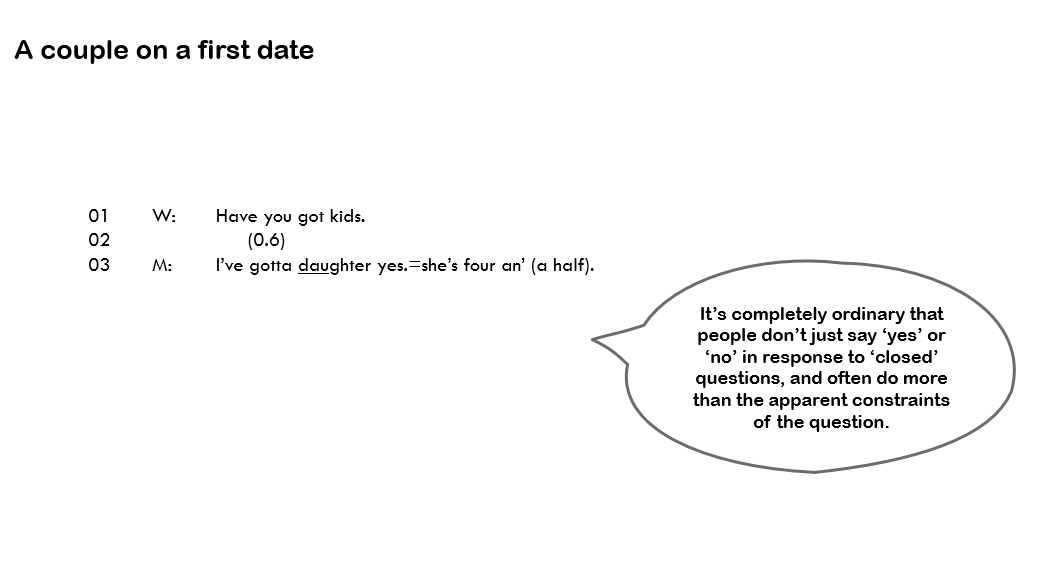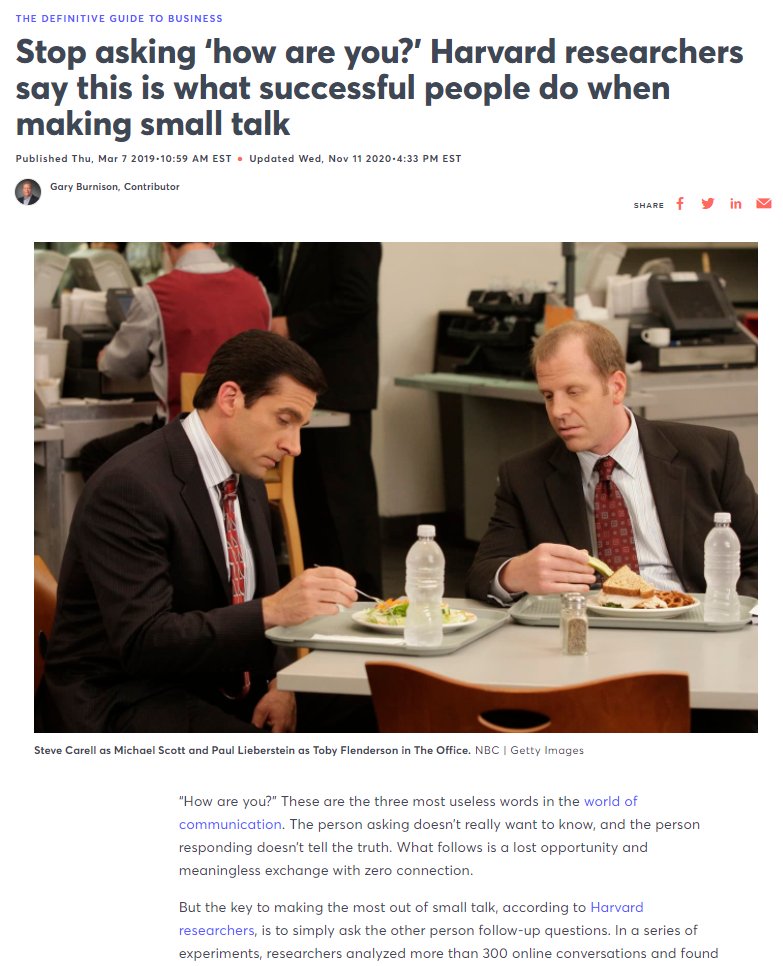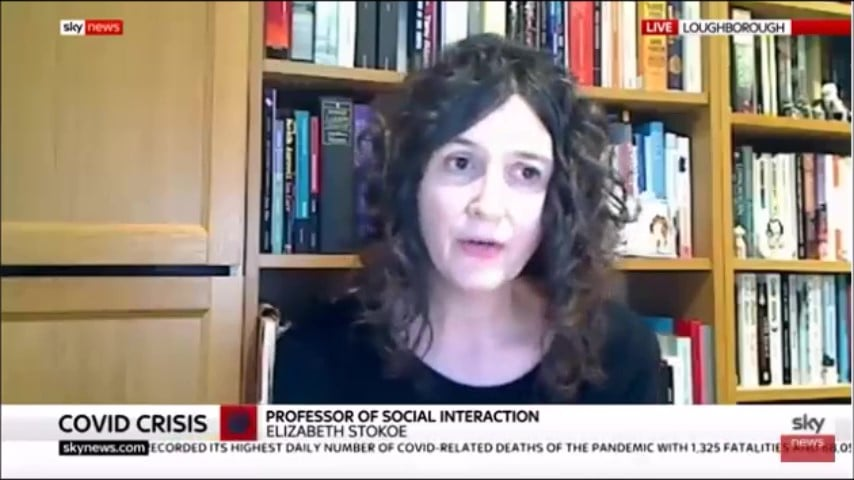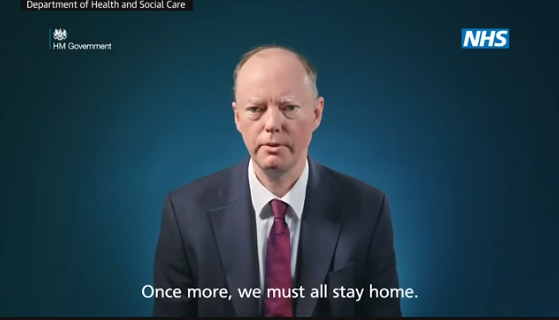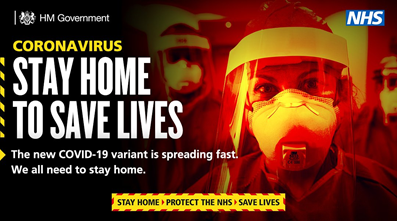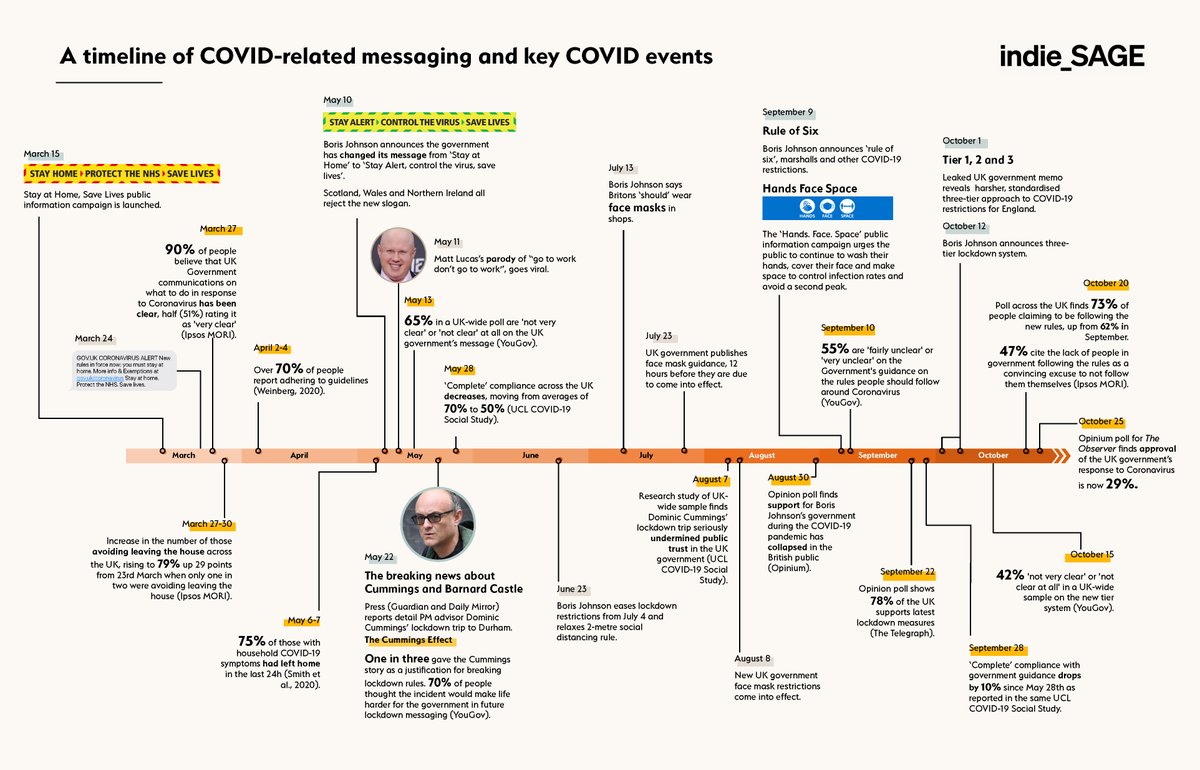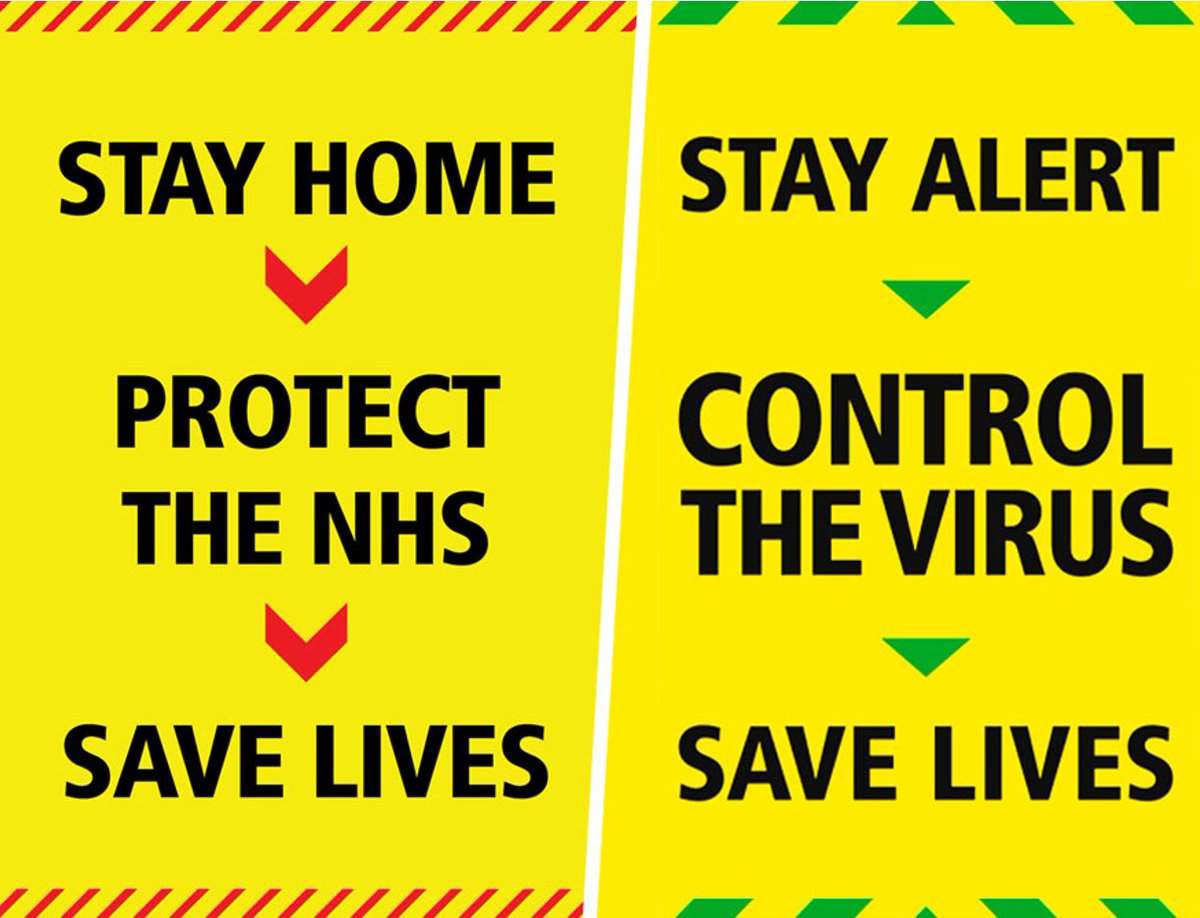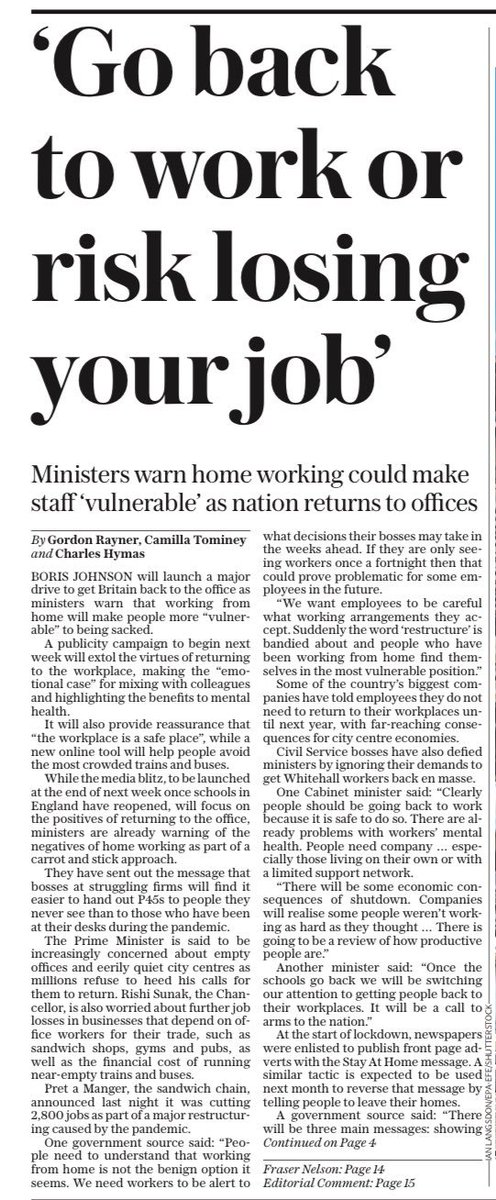
How the ‘useless' words of 'small talk' saves lives.
☎️ In a 999 domestic violence call, the caller gets help without making a request ☎️
A short thread with @Richardson_Emm busting two #communication myths in one go.
1. Thread. 🧵
☎️ In a 999 domestic violence call, the caller gets help without making a request ☎️
A short thread with @Richardson_Emm busting two #communication myths in one go.
1. Thread. 🧵

2. If a person threatening violence can hear you on the phone, using ‘small talk’ - in this case, saying "y'all right" at precisely the place where it would routinely appear in an ordinary conversation - will help you sound like you’re having an ordinary conversation. 

3. The caller uses her tacit knowledge that saying "y'all right" (or similar, like “how are you”) at this point in a call is routine and ordinary, helping the conversation sound routine and ordinary. 

4. Asking 'closed' yes/no questions allows the call-taker to elicit relevant information from the caller, who - for overhearing third parties - could be talking to anybody. 

5. The *systematic organization* of social interaction - what people typically say and when - enables the caller to sound like she is talking to someone other than the police (to whoever is overhearing her conversation) and the call-taker to support that to happen. 

6. "How are yous" and "y'all rights" and the specific slot they typically occupy (or are omitted from, or are dispensed with) in social interaction tells us a LOT about what kind of conversation this is going to be.
Every turn is data:
Every turn is data:
https://twitter.com/LizStokoe/status/1365025146122215427
7. And the actual use of yes/no ('closed') questions is more nuanced than binary assertions about 'open/closed' questions. Social interaction shows us this every day. It also shows that we know this implicitly, even if we don't say it in comms training!
https://twitter.com/LizStokoe/status/1374058067273388039
8. Here's a final example - a 911 call in which the dispatcher asks 'yes/no' questions to enable the caller to get emergency help. The caller produces turns designed and precision-timed (including in overlap) to sound like ordering pizza. 

9. Conversation analysis #EMCA shows us how crucial it is to analyse REAL talk, as it is used, to re-consider compelling but flawed assertions about how #communication works.
For more on 999 calls, watch this space for @Richardson_Emm's research @AIFL_Aston
For more on 999 calls, watch this space for @Richardson_Emm's research @AIFL_Aston

• • •
Missing some Tweet in this thread? You can try to
force a refresh



